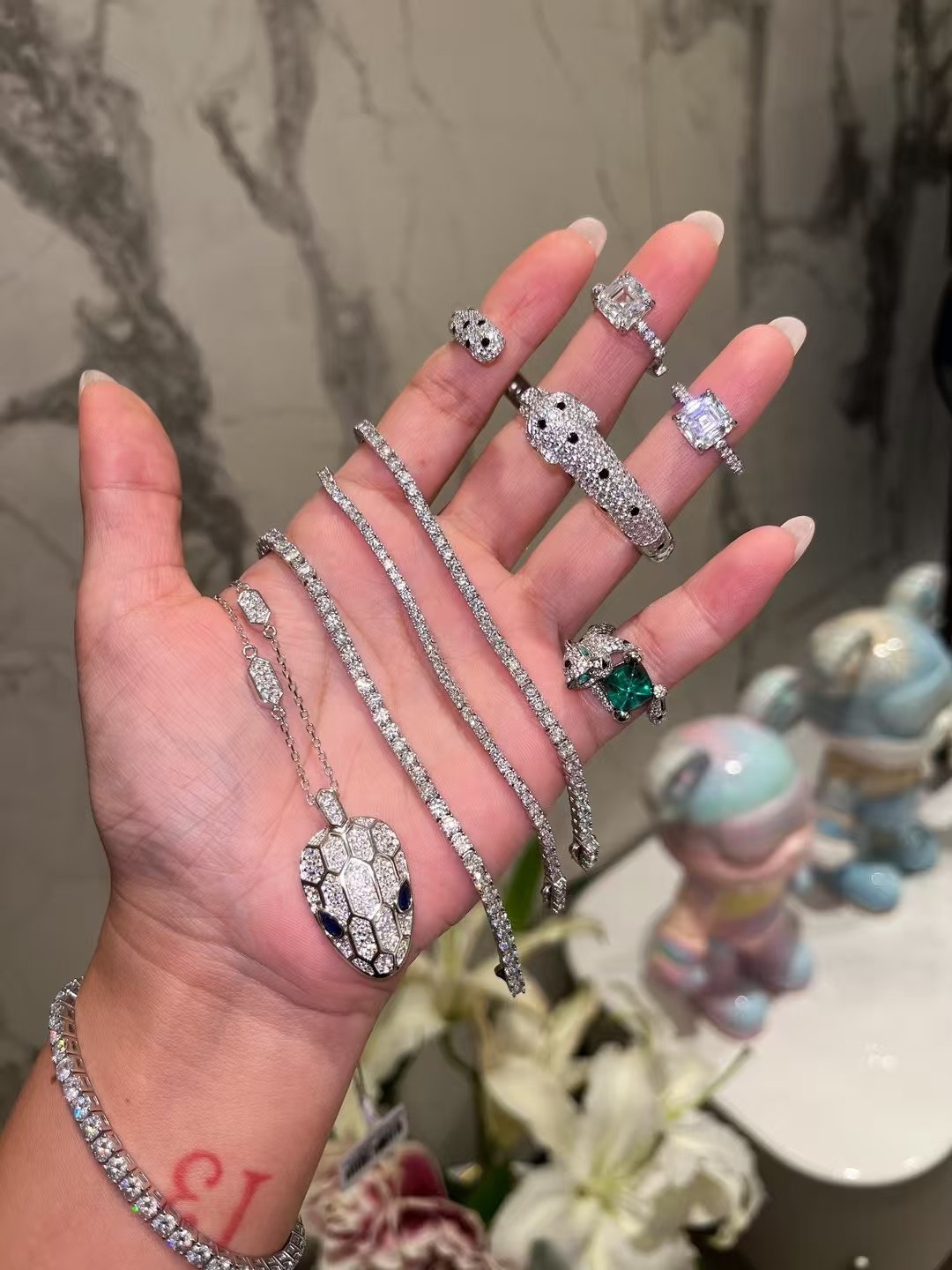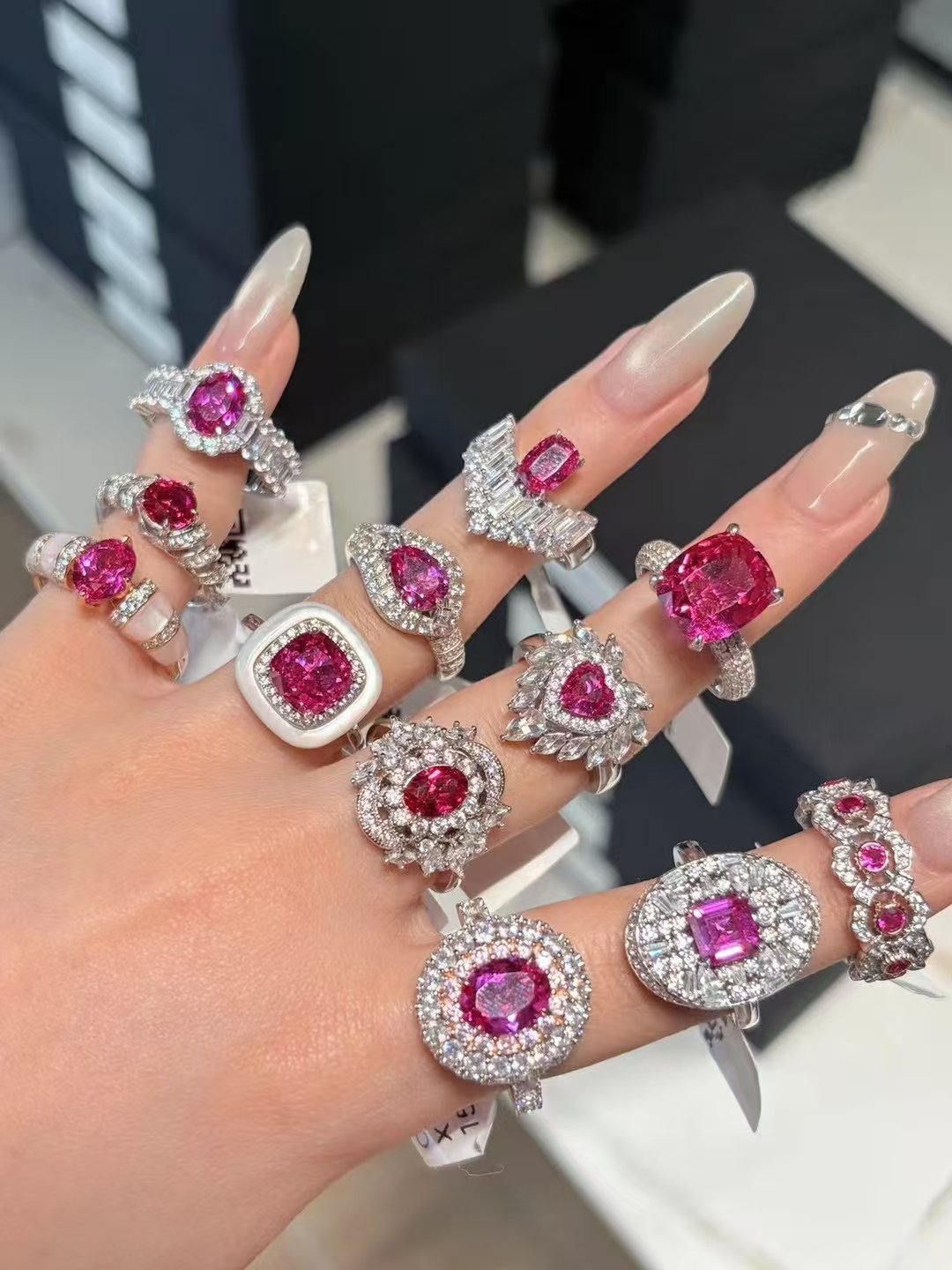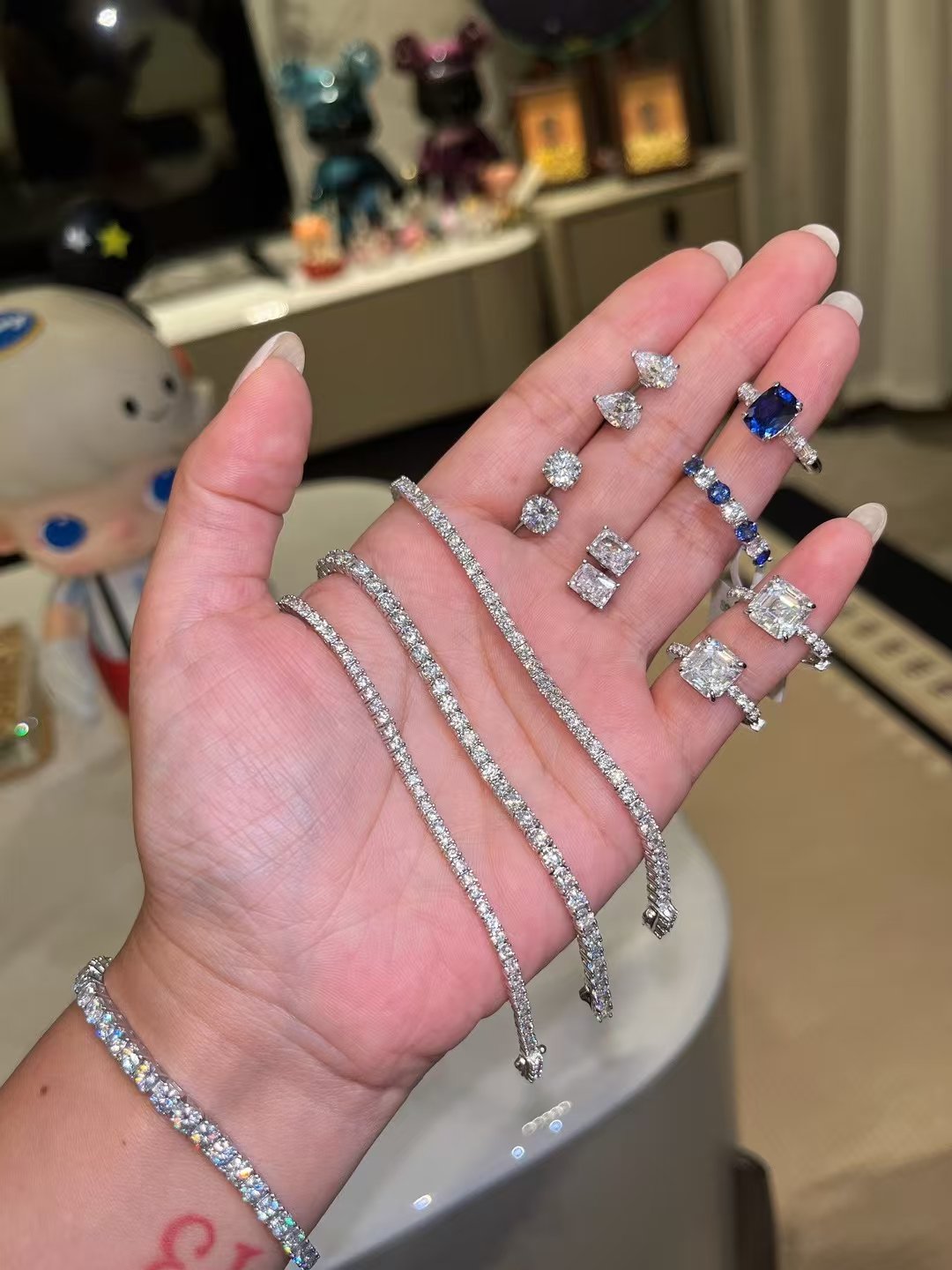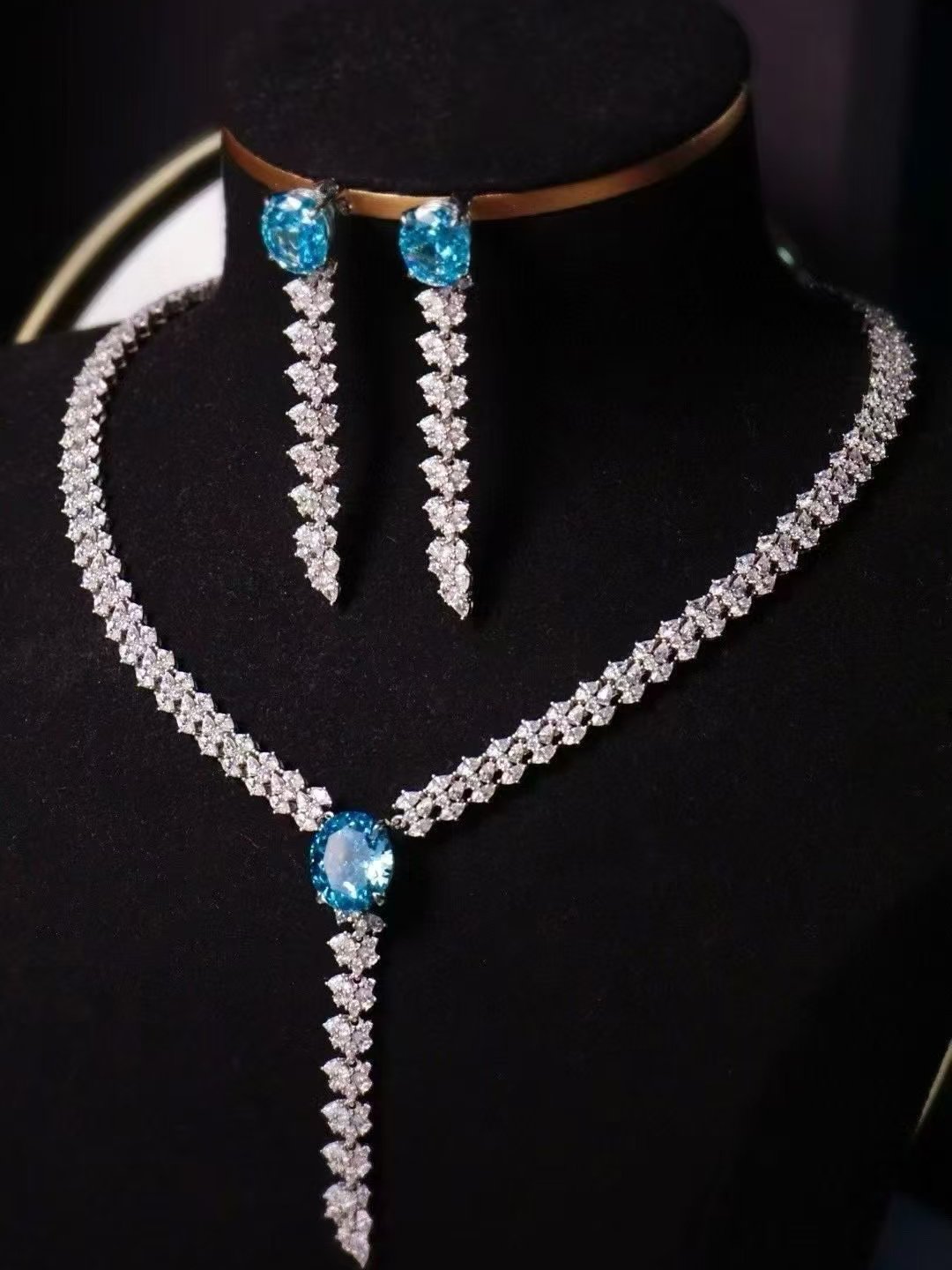From Ancient Artifacts to Modern Trends: The History of Silver Jewelry

For millennia, silver jewelry has captivated civilizations across the globe, its luminous sheen transcending time and culture. From the ancient tombs of pharaohs to the avant-garde designs of today, silver has remained a symbol of beauty, versatility, and cultural significance. This article traces the evolution of silver jewelry, exploring its historical roots, masterful craftsmanship, and ever-evolving trends.
Ancient Beginnings: The Dawn of Silver Adornment

Mesopotamia and Egypt: The Cradle of Silver Craftsmanship
The story of silver jewelry begins in ancient Mesopotamia around 3000 BC, where silver was revered as a precious metal, synonymous with wealth and divine power. The Sumerians crafted intricate coins, ceremonial objects, and jewelry, setting the foundation for future artisans. In Egypt, silver’s rarity made it even more coveted than gold, often reserved for royalty and the elite. Exquisitely crafted necklaces, bracelets, and amulets adorned the tombs of pharaohs, believed to protect and accompany them into the afterlife.

The Classical Era: Greek Elegance and Roman Grandeur
In Classical Greece and Rome, silver jewelry flourished as an art form. Greek artisans perfected delicate filigree and mythological motifs, while Roman craftsmen emphasized durability and bold designs. Beyond mere adornment, silver jewelry became a marker of social hierarchy—worn by nobles, gifted as diplomatic offerings, and even used as currency in trade.
From the Middle Ages to the Renaissance: A Transformation in Style
The Middle Ages saw silver jewelry become more accessible, moving beyond the aristocracy to the merchant class. Ecclesiastical silverwork thrived, with churches commissioning ornate crosses, reliquaries, and gemstone-studded pieces.
The Renaissance marked a rebirth of artistic expression, with master goldsmiths like Benvenuto Cellini elevating silver jewelry to new heights. Intricate engravings, sculptural forms, and the fusion of silver with enamel and precious stones defined this era, influencing European jewelry design for centuries.
The Age of Exploration: A Global Influence
The 15th to 17th centuries brought a silver revolution as European explorers uncovered vast deposits in the Americas. The influx of silver from Mexico and Peru made it more affordable, sparking a wave of innovation. Baroque opulence intertwined with indigenous motifs, resulting in bold, elaborate designs that reflected the merging of cultures.
The Industrial Revolution: Mass Production Meets Artistic Rebellion
The 19th century transformed jewelry-making forever. The Industrial Revolution introduced mechanized production, making silver jewelry accessible to the masses. Pioneering brands like Tiffany & Co. emerged, blending fine craftsmanship with modern techniques.
Yet, as mass production rose, so did a counter-movement. Art Nouveau rejected industrialization, embracing nature-inspired designs with flowing lines, floral motifs, and ethereal enamel work. Visionaries like René Lalique redefined silver jewelry as wearable art.
The 20th Century to Today: Innovation and Individuality
The 20th century saw silver jewelry adapt to every cultural shift—from the geometric Art Deco pieces of the 1920s to the bold, bohemian styles of the 1960s. Mid-century modernism favored sleek minimalism, while the punk era embraced raw, edgy designs.
Today, silver jewelry continues to evolve, shaped by technology and sustainability. Designers are embracing recycled silver and ethically sourced gemstones, responding to eco-conscious consumers. Cutting-edge techniques like 3D printing allow for unprecedented creativity, enabling intricate, personalized designs.
Current Trends: Where Tradition Meets Modernity
Contemporary silver jewelry blends timeless elegance with fresh innovation:
Minimalism: Delicate chains, sleek hoops, and understated studs dominate modern wardrobes.
Layering: Mixing textures, from hammered finishes to polished links, creates dynamic, personalized looks.
Ethical Luxury: Consumers increasingly favor brands that prioritize sustainability and fair trade.
Social Media Influence: Platforms like Instagram have democratized fashion, spotlighting independent artisans and unique handmade pieces.
Conclusion: An Enduring Legacy
From ancient amulets to modern masterpieces, silver jewelry has remained a testament to human artistry and cultural expression. Its journey reflects not just changing aesthetics but also societal values—from symbols of power to statements of individuality. As designers continue to push boundaries, one thing is certain: silver’s luminous legacy will shine on, adapting yet never fading.
Whether treasured as heirlooms or embraced as contemporary statements, silver jewelry will forever captivate, proving that true beauty is timeless.









